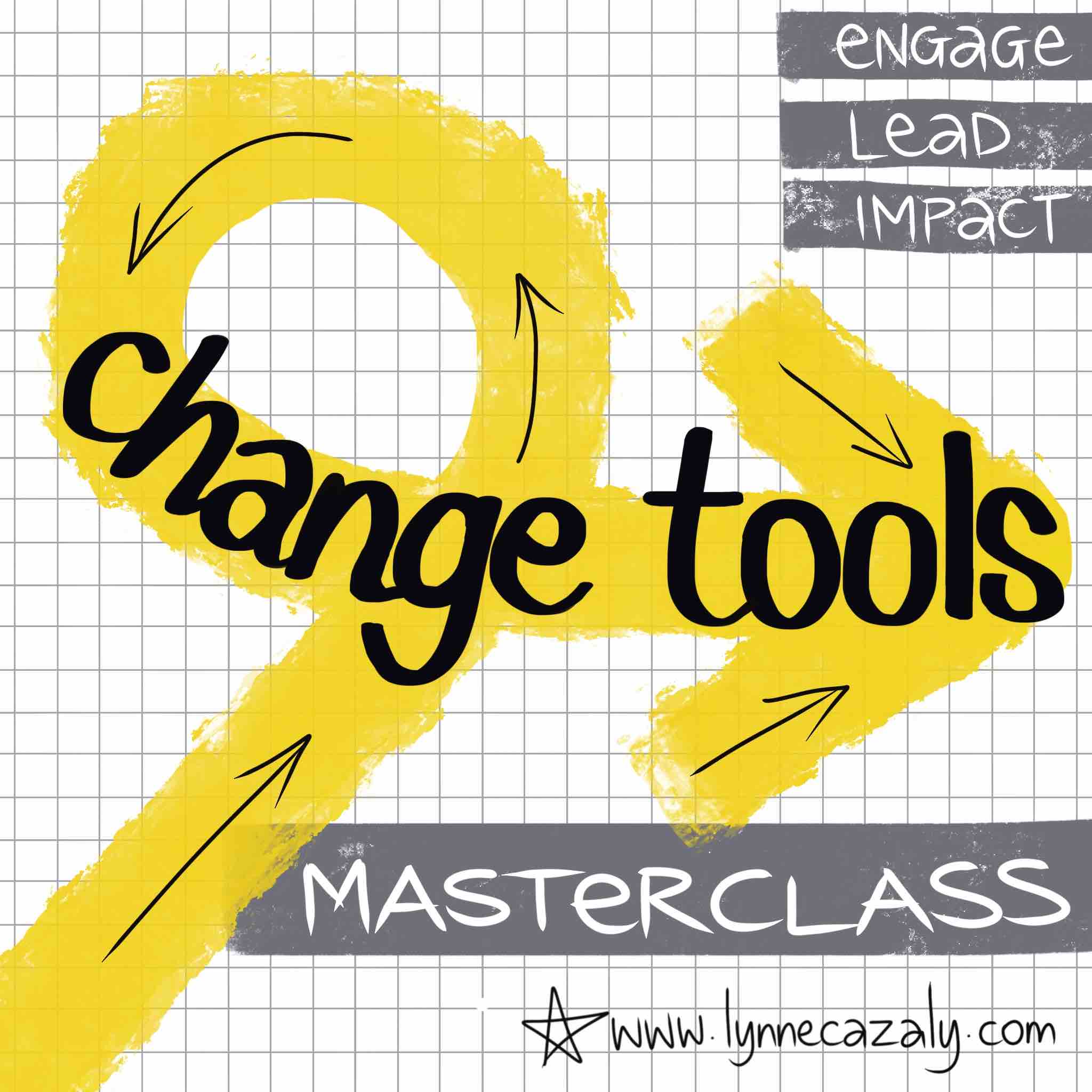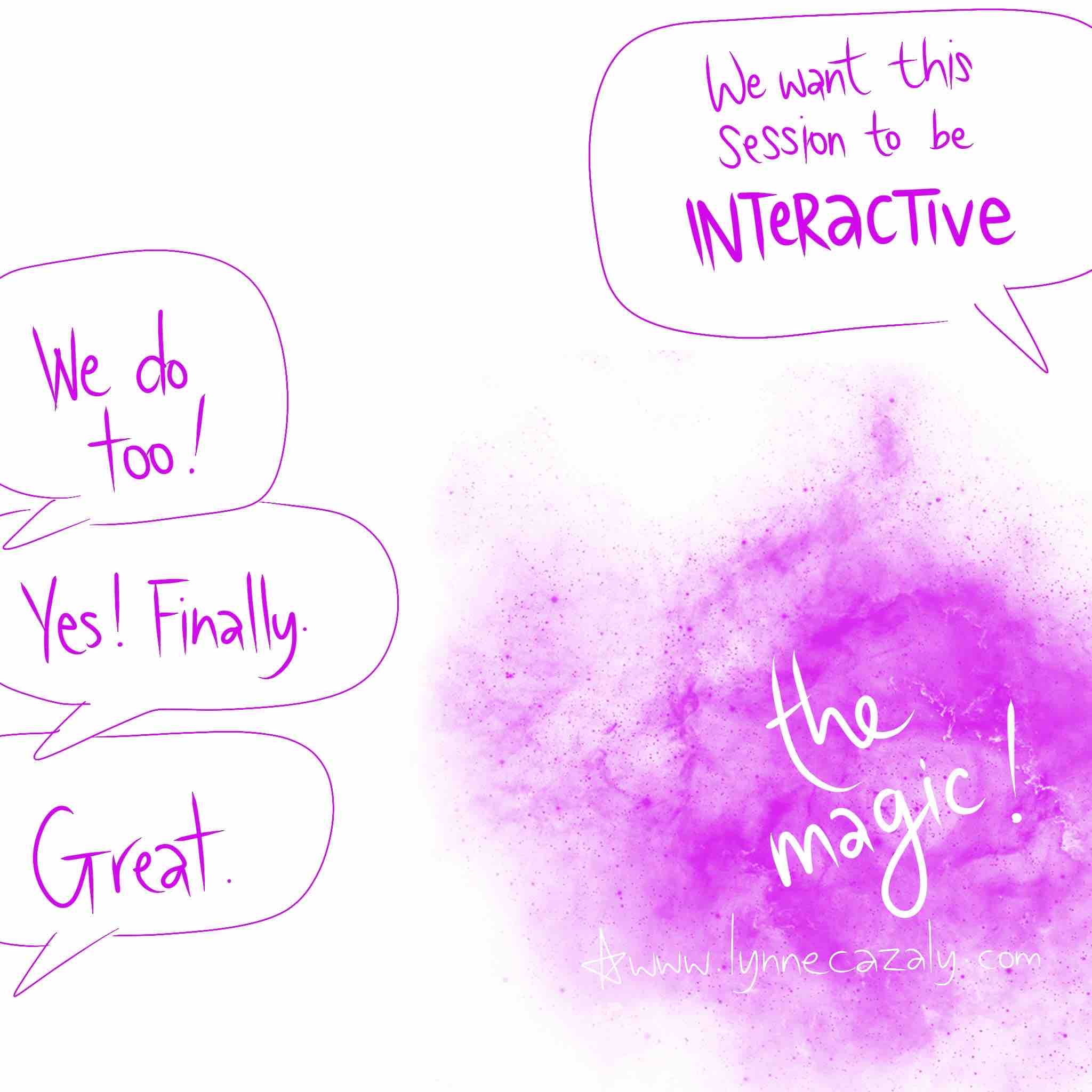What’s new in your change toolkit
 Saturday, November 21, 2020 at 10:15AM
Saturday, November 21, 2020 at 10:15AM  Change is almost always a complex, gnarly process with many moving parts... and people.
Change is almost always a complex, gnarly process with many moving parts... and people.
Resistance is common.
Misunderstandings frequent.
We’re change fatigued, weary (and wary) of more change to things at work.
And preaching 'change is a constant' doesn't get people into it any quicker or easier.
It’s hard to engage and inspire people on why it's happening and what their role is.
Many change messages don't cut through the overload and overwhelm people are struggling with, particularly when remote and online.
Conflict, debate and tension escalates, creating problems beyond the change program.
Your toolkit of change becomes vital.
How do we do things differently to get the results needed?
Channel your efforts to:
▪️ ENGAGE
▪️ LEAD &
▪️ IMPACT.
Focusing here helps cut through the complex nature of change. It gives the change team 3 elements, a mantra for strong, clear and decisive activity.
Engage.
Lead.
Impact.




















